by Pedro Roig J.D., Janisset Rivero and Leon Hirzel, ESQ
It was a perfect storm. An immense catastrophe. When on December 31, 1991 the Soviet Union collapsed and disintegrated, Fidel Castro was devastated. The fall of the Berlin Wall signaled the Cold War historical victory of the U.S. Castro’s perception of being on the winning side of the ideological conflict was now an unequivocal mistake. Communism had fallen into the abyss of its own fallacies. From the very beginning Castro was wrong fighting for a decrepit and dysfunctional dogma. The Cuban Revolution was a colossal failure and Cubans paid dearly for Castro’s mistakes.
In the mid-1980’s, the CPSU General Secretary Mikail Gorbachev, initiated the restructuring of the Soviet Economy, “Perestroika” and a liberal political openness, “Glasnost” an attempt to end the “era of Soviet economic stagnation”. It turned out to be a decisive factor in the collapse of the communist Eastern satellites in Europe and the disintegration of the Soviet Union. By the late 1980’s, Gorbachev new thinking reforms had distance the Soviet economy from the Castro’s outdated Marxist ideology. It was evident that the economic arrangement between Cuba and the Soviet Union was not compatible.
Cuba had depended heavily on the generous annual Soviet subsidies to fuel its undiversified economy. Cuba bought oil from the Soviet Union below the international price, and sold sugar to the Soviets at twice the international value.
In 1991, the cancellation of the Soviet Union subsidy had evolved into Castro’s desperate struggle for survival which the Cuban dictator euphemistically described as “a special period in time of peace”. Between 1990 and 1993, Cuba’s devastated economy lost over 80 percent of its foreign trade, and its GDP spiraled down 30 percent.
The Cuban economy was collapsing. Fidel Castro was desperately looking to survive in power. Without international investors, no credit, no commercial markets, and no capital in his financial reserves, Castro rapidly turned to Colombia’s drug Cartel. A multi-billion illegal enterprise.
Since the 60s, Cuba has been providing weapons and medical sanctuary to the Colombian guerrillas that were also trafficking cocaine and marihuana. The America Department led by Manuel Piñeiro (barbarroja) were in close and active relationship with them. Fidel Castro did not hesitate. Drug trafficking and laundering cash turned into the survival source of the Cuban Communist revolution. Geographically Cuba was the perfect base, 90 miles from the billion dollar U.S. drug’s market.
But drug trafficking had to be carefully guarded as the revolution’s supreme secret. Immediately, disinformation and “Active measures” campaigners were set in motion: the case against General Arnaldo Ochoa was a deception masterpiece. The charismatic army leader was accused of drug trafficking, brought to trial, and swiftly executed. It was a fallacy, a betrayal, and a media success that controlled the news from Cuba for several months, laying the groundwork for Castro’s denial of his partnership with the Colombian drug cartels.
GAESA: The Cuban Conglomerate
The revolution was in a desperate need of cash. Gorbachev has canceled the Russian subsidy but Castro was willing and ready to enter the clandestine drug trafficking. The infrastructure was well crafted. Secrecy was the top priority. Fidel and Raul Castro selected a group of loyal, disciplined, and well trained Army Officers for clandestine operations. General Julio Casas Regueiro, a member of Castro’s inner circle of power, was appointed to lead the supremely vital stealth operation. “Grupo de Administración Empresarial” Gaesa. Over 35 years later, Gaesa operates as a financially secret conglomerate of corporations that control the Cuban economy including remittances, drug trafficking, money laundering, and tourism General Julio Cesar Regueiro, served under Raul Castro in the Sierra Cristal and became a close and trusted friend. Casas was an accountant that used his financial background to create and administer “Gaesa” , a lucrative economic enterprise. Raul Castro instructed Julio Casas to train Luis Alberto Rodríguez López-Callejas in the business administration of the growing military financial enterprise.
From Gaesa´s very beginning, Raul Castro’s son in law was closely tutored in commerce, investment, banking, foreign affairs, and secrecy by General Julio Casas. Today he has over 30 years of financial experience and is GAESA’s President.
Carlos Lehder and the Medellin Cartel
In 1991, Carlos Lender, a leader of the Medellin Cartel testified as a witness in the trial of Panama dictator Manuel Noriegas in a Miami Federal Court. When asked by the defense Attorney Frank Rubiro: “Did you go to Cuba to visit your friend Robert Vesco?” Lehder answered: “Yes”. During his witness testimony, Lehder stated that in the first trip to Cuba in 1981, he negotiated an agreement with Raul Castro for trafficking drugs and laundering cash.
During the trial, Carlos Lehder testified that in a second meeting in 1984, which included Robert Vesco, Raul Castro agreed to facilitate for the Medellin Cartel the Sandinistas control of Nicaragua as a drug base for large cargo of cocaine trafficking to be later sent to the U.S. Today Nicaragua is a drug trafficking sanctuary, used by the Colombian and Mexican cartels.
Robert Vesco: A major link with the drug cartels
Robert Vesco was a successful American financier, who later became a fugitive from the FBI while living in Cuba.
In 1976, Vesco was indicted by a Federal Grand Jury on charges related to looting millions of dollars from investors and other related financial crimes. For several years, he lived in Costa Rica where he paid large amounts of money to avoid extradition to the U.S. justice system.
Around 1984, Vesco was authorized by Fidel Castro to live in Cuba, where he enjoyed several homes, a yacht, and a private plane. At this time, Gorbachev was beginning to implement the “new thinking” restructuring of the Soviet economy and Castro was highly concerned with the Russian subsidy.
For 12 years, Robert Vesco served as one of Castro’s trusted liaisons to the Colombian drug cartels. In 1996, Castro jailed Robert Vesco with a laconic indictment for “economic crimes”, but refused to extradite him to the U.S. Vesco lived comfortably in his virtual incarceration. Again, Fidel Castro ordered an active measured campaign on Vesco’s “economic crimes,” to cover up Cuba’s drug trafficking and laundering illegal cash. Vesco was free in 2005 and moved back to his home. In 2007, Robert Vesco died in Cuba.
ORIGINAL AIR: February 5, 1991.
Written, Produced, and Directed by Stephanie Tepper and William Cran
(Excerpts)
ANNOUNCER:
In Havana last fall, Fidel Castro boasted that there was hardly any country less hospitable to drug trafficking than Cuba. But tonight, through DEA surveillance tapes and interviews with former Cuban officials and drug-runners, FRONTLINE investigates how Castro used drug smuggling as a political weapon.
NARRATOR:
Off the coast of Florida, U.S. Customs practice tracking a suspect plane. Small aircraft are the workhorses of the Colombian cocaine trade. A Customs plane sneaks in behind the bandit’s tail, where he can’t be seen, and waits for him to make the drop. This is the story of how, for 10 years, part of this narcotics traffic has passed through Cuba. A former intelligence officer now in exile, Manuel de Beunza was familiar with Department MC’s operations.
MANUEL de BEUNZA, Cuban Intelligence Officer: [through interpreter] The function of the department was to create private companies in different parts of the world that officially didn’t belong to Cuba but actually were totally Cuban. Through these companies, they broke the blockade. They were involved in illegal businesses like false passports and drug deals and sales, etcetera.
NARRATOR:
By the early 1980s, the cocaine being flown across the Caribbean was worth billions. Colombian smugglers bought whole islands like Norman’s Key in the Bahamas. This was one of their landing strips. But Cuba could offer certain advantages, not least of them more reliable landing facilities, and that’s how Cuba began to cash in on the drug trade.
Ms. RACHEL EHRENFELD, Author, “Narco-Terrorism”:
They were paid for their services. They provided a safe haven. They provided passports. They provided fuel. They provided radar services and escorts of boats. And for that, they were paid. In addition, they were taking commission from each shipment of drugs that went through Cuba.
NARRATOR:
Cuba allowed several major drug smugglers to hide out on the island. In 1982, one of them set up home here at the Marina Hemingway. Though Robert Vesco was indicted in 1989 for smuggling over a ton of cocaine through Cuba, he is still living there.
Mr. De BEUNZA:
[through interpreter] I’ve seen Robert Vesco in House Number Four which was given to him by Fidel and I’ve seen him on Fidel Castro’s own yacht, the Yarama. They were fishing together.
NARRATOR:
Vesco arranged for one of his business associates to visit Cuba. This is Carlos Lehder, a founding member of the Medellin Cartel.
CARLOS LEHDER-RIVAS, Convicted Narcotics Trafficker:
Without the permission of Fidel, I could have never gone into Cuba.
INTERVIEWER:
So Fidel Castro gave you permission to enter Cuba?
Mr. LEHDER:
He gave permission to the authorities so I can go into Cuba and meet with Bob.
INTERVIEWER:
And you think Vesco requested that?
Mr. LEHDER:
The permission was requested by Bob, yeah, by Vesco.
NARRATOR:
By the time Carlos Lehder visited Havana, Cuba had been offering facilities to smugglers for almost four years. But there is also evidence that Cuba and even Castro himself was beginning to play a more active role in the drug trade. The former intelligence officer Manuel de Beunza recalls a meeting with Fidel Castro. He says his own boss, Cuba’s intelligence chief, General Jose Abrantes, was there and that drugs were on the agenda.
NARRATOR:
In Panama, FRONTLINE traced two of the businesses named by de Beunza. One of them was a shipping form called Happy Line. The other was a trading concern called Mercurio.
INTERVIEWER:
You say that Castro ordered the Happy Line be established. Now, how do you know Fidel Castro personally ordered that?
Mr. De BEUNZA:
[through interpreter] Because I was present. I know Fidel Castro and I was at the meeting where the company was set up.
NARRATOR:Though it’s not clear how much business Cuba was doing in its own right, by the mid-’80s the U.S. Coast Guard was detecting a dramatic increase in drug activity off the Cuban coast.
JEFF KARONIS, Lt. Commander, U.S. Coast Guard:
We would observe in the middle of the day, an airdrop going on inside Cuban waters. We were observing from outside, in international waters. The scenario would be for a small twin-engine airplane with maybe 1,000 to 2,000 pounds of cocaine, fly over
Cuba, drop the drugs to a predesignated rendezvous point to several boats, usually what we call “fast boats,” high-powered boats that are capable of 40 to 60 knots, sometimes. And then it would exit back down off Cuba and many times it would be under the eyes or at least a Cuban military vessel would be in the immediate vicinity, right on scene with them.
NARRATOR:
It became so blatant, the drugs were dropped in broad daylight within sight of the Las Americas Restaurant, one of Cuba’s top tourist attractions. The volume was so high that in a 12-month period U.S. law enforcement collected intelligence on 64 incidents. From these, a pattern begins to emerge. Cuba’s coast guard directed most yachts and fast boats to these six harbors. The navy allowed the larger drug ships to dock in six bigger ports. The air force had responsibility for light planes, which landed at Varadero Air force general Rafael del Pino is the most senior officer to defect from Cuba.
General Rafel del Pino, Cuban Air Force:
[Defected, May 28, 1987] The permission to overfly Cuba has to come from the ministry of defense.
NARRATOR:
The minister of defense is Raul Castro, Fidel’s brother.
Rafael del Pino
Gen, del PINO:
Several times I received orders from Raul Castro’s office and also from General Abrantes’s office to let the airplane cross over Cuba.
INTERVIEWER:
Now, what kind of orders did you get?
Gen. Del PINO:
Just, “Tomorrow at 14 Zulu is gonna to fly an airplane like this, this, two engines, and just let it fly.”
CUBA: THE DRUG TRAFFICKING COMMUNIST REVOLUTION
On April 8, 1993, The Miami Herald editorial stated, “The evidence of the Castro Regimen’s involvement in drug trafficking is voluminous and compelling. So, it is the evidence that Fidel Castro’s block network of domestic spies makes him aware of everything of consequence that happens inside Cuba.”
On July 15, 1997, Emilio T. Gonzalez presented a research analysis published by the University of Miami – Cuban Studies Association titled: “The Cuban Connects Drug Trafficking and the Castro Regime”. It said (Excerpts): “The United States did not publicly accuse Cuba of narco-trafficking until 1982. On November 5, 1982, it was reported that a federal grand jury in Miami had indicted four senior Cuban government officials on charges of conspiring to use Cuba as a safe haven while transporting drugs into the United States from Colombia. The Miami Herald. November 5. 1982, on Page 1A and The New York Times, November 20, 1982, on Page 1. The four officials were Fernando Ravelo Renado, former Cuban Ambassador to Colombia; Gonzalo Bassols Suárez, former Deputy Chief of Mission under Ravelo; René Rodríguez Cruz, a member of Cuba’s intelligence service and President of the Cuban Institute of Friendship with Foreign Peoples (ICAP); and Vice Admiral Aldo Santamaría Cuadrado, the Commander of the Cuban Navy.” Drug trafficking was a dishonorable, highly embarrassing criminal enterprise for Fidel Castro’s image.
On June 6,1982, an important Cuban official, Major Florentino Aspillaga, a Ministry of Interior’s intelligence officer, defected to the U. S. from his diplomatic post in Czechoslovakia. According to Aspillaga, Cuba was actively operating as a narcotics transit point moving drugs from Colombia into the United States. Colombian drug traffickers were said to maintain a fleet of 13 ships and 21 aircraft that operated inside Cuban territory. This fleet was under the protection of an elite commando unit that deployed only with Fidel Castro’s personal approval. Prior to these accusations, Aspillaga had accused the Cuban government of high level corruption within the Cuban Ministry of Interior. With the economy in ruins and the end of the Soviet Union subsidy, there was no financial alternative other than: food rationing, lower standards of living and Colombia’s drug trafficking.
GAESA IN CONTROL
With miserable results, the “Special Period” was perceived as a NEVER ending economic failure. On October 28, 2020, a distressful news was given by Alejandro Gil, Cuba’s Minister of Economy and Planning. He said that between 2020 and 2021, the Gross Domestic Product (GDP) has dropped 13%. This is the financial disaster facing Luis Alberto Rodríguez López-Callejas: Cuban economy’s Tzar.
Luis Alberto Rodríguez López-Callejas belonged to a new communist upper class that has its roots in the old Republic bourgeoisie, (1902-1958). His father was Guillermo Rodríguez del Pozo, a medical doctor that joined Raúl Castro’s guerrilla and reached the rank of Division General in the Cuban Revolutionary Army (FAR). He was close to Raul Castro (his galician father Angel Castro, a veteran of the Spanish army, built a fortune in Oriente province) and to the founder of GAESA, Army General Julio Casas Regueiro, whose family was also a member of Cuba’s Republic middle class.
Luis Alberto’s mother was Cristina López-Callejas Hiort, full professor and doctor in Economic Science of the Center on International Migration. She became an expert in Demographic studies. Cristina’s major task was to study the components of the Cuban exiles. When Fidel Castro appointed Cristina López-Callejas to head the investigation team of Cuban migration with special focus on Miami, her son Luis Alberto was just a teenager, who later married Raúl Castro’s daughter Deborah (divorce). From this time on, Luis Alberto joined the intimate power elite of the Castro’s family. His son with Deborah is Colonel Raúl Guillermo Rodríguez Castro, chief of his grandfather’s personal escort.
Luis Alberto Rodríguez López-Callejas is a Major General of the Cuban Revolutionary Armed Forces (MINFAR), a member of the Communist Party Politburo and the Executive Director of Grupo de Administración de Empresas S.A (GAESA). A gigantic conglomerate of state and mixed enterprises that manages the legal and illegal financial deals of the Cuban Government (highly secret operation), including the Port of Mariel’s developing enterprises, and a distribution partnership with the Colombian and Venezuelan drug cartels. General Rodríguez is the czar of the economy and a powerful heir to the military clannish dynasty.
GAESA MAIN ENTERPRISES
– GAESA manages every money making operation in Cuba, including GAVIOTA and CIMEX enterprises.
– GAVIOTA operates the profitable tourist hotel chains with over 40K rooms throughout the island and controls the tourist industry in partnership with several international hotel corporations, Spain’s Melia, Sheraton’s Starwood and the Swiss – based Kempinski.
– CIMEX operates around 2800 retail outlets, including the 1100 Panamericana Stores, Gas Stations, Fast Food Cafeterias, commercial offices, construction companies, Rent a Car and Taxi Services among dozens of profitable enterprises.
– GAESA employs several thousand retired military personnel and does not disclose financial records. This is a top-secret enterprise. Luis Alberto RodrÍguez López-Callejas, obviously Raul Castro, his son Alejandro Castro and a few selected individuals, have access to GAESA financial data.
– GAESA’s laundry monies through the huge remittances, tourist industry and commercial enterprises.
LEADING MILITARY CUBAN COMMANDER IN VENEZUELA
There is a selected group of MINFAR-MININT officers active in the Havana Cartel.
According to Insight Crime: Colombian Narco Cartels would run their drug trade through Venezuela. Venezuela “Cartel de los Soles” received and actively protected and moved the drug shipment through military and naval bases.
From Venezuela the Cubans have direct control of the shipment to central America where the drug is sold to the Mexican drug cartels.
The Cubans have also close links with the cartels that deal with the European Union. The Cuban economy is barely surviving through the remittances, drug trafficking, money laundering and medical international subsidies that are not restricted by the U.S. embargo.
Meanwhile, future events will continue to take us by surprise like the massive pacified protest marches, of July 11, 2020, of the young generation raised in the grip of a shattered economy, alienated from the decrepit discourse of communism.
Every day of their lives, the angry younger Cubans have to face the ruins brought about by Fidel Castro’s revolution. Without faith in the Marxist doctrine, this courageous Cuban generation lives in the shadows of hopelessness and a volcanic rebellion.
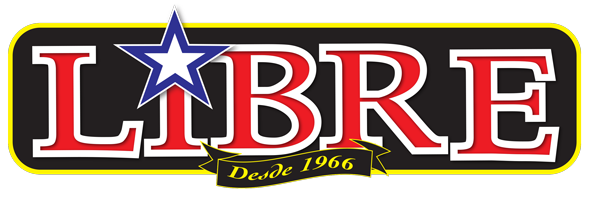



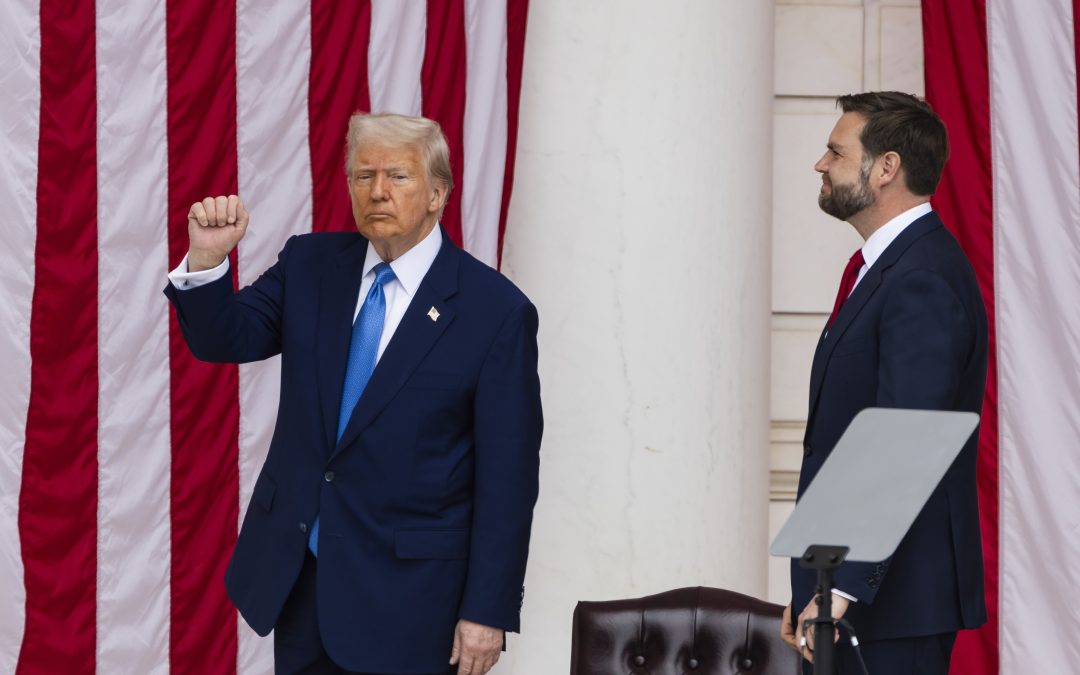
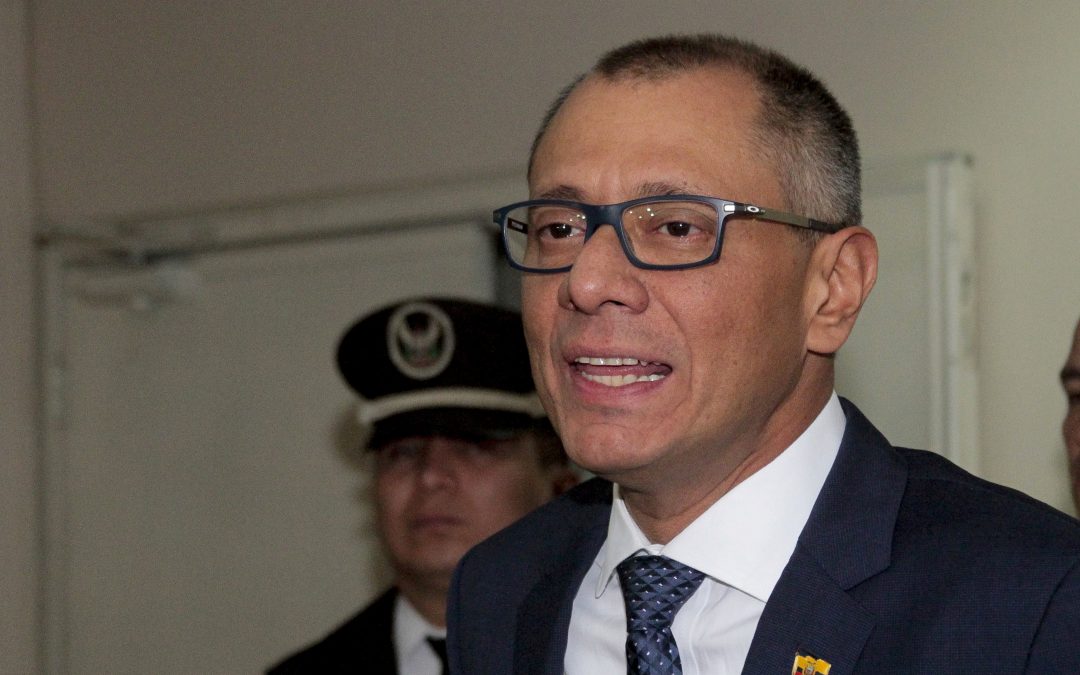




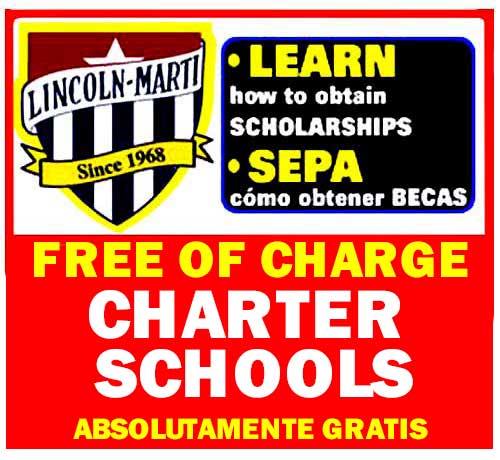

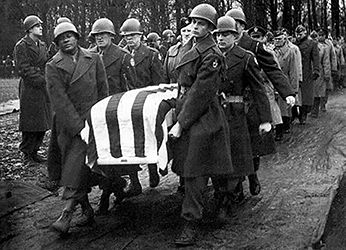
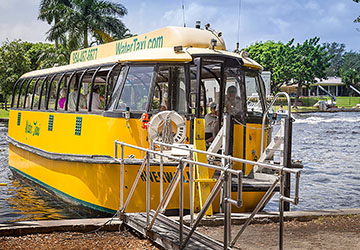
0 comentarios